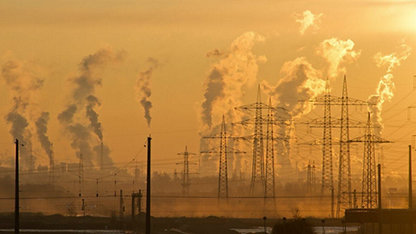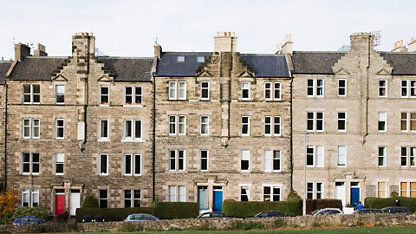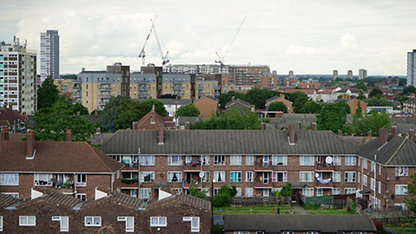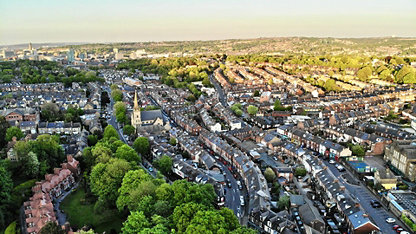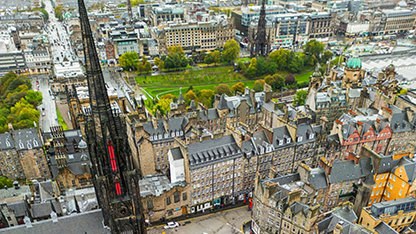Discussions about the future of cities and designing for the next generations has been constantly evolving over recent decades. From post-war reconstruction to the integration of smart technology, the urban environment has frequently been developing with the next generation in mind.
The arrival of COVID-19 has brought huge disruption to ways of life around the world and accelerated a culture change that had already begun to take hold. Due to this, new opportunities have arisen. The pandemic era has caused governments around the globe to reflect on what their society needs to function and how infrastructure is supporting it.
A consequence of COVID-19 is recognition that people living in urban spaces are experiencing a loneliness pandemic. The growth of digital technology and related cultural adaptations has meant that lifestyles have become more and more compartmentalised, with less social activity taking place publicly and therefore, less spaces designated for this purpose. There is a need to design public spaces that are functional, where people can meet, live and learn, and that are easily accessible to all.
What is a 15-min city?
Enter the concept of the 15-minute city. Built on a premise that neighbourhoods would have access to most daily necessities by either walking or cycling from residents' homes within 15-minutes, it aims to provide better quality of life to residents and users of an area. But, what does this look like in practice?
One of the main things many urban spaces lack is green space. Historically, this kind of space is where children could play outdoors safely, communities could congregate and the benefits of the natural world could be felt. As the built environment as developed in recent decades, access to green spaces by foot or bicycle has declined. More and more, people are driving out of cities and towns in order to access woodland, fields and greenery. The 15-minute city seeks to address both loneliness and access by providing them along with high-speed connections in these areas.
Contributing to sustainability goals, the 15-minute city is also designed to be a more sustainable model. Places of work and services that are needed on a daily basis are reachable within 15-minutes, contributing to a better quality of life as well as being more eco-friendly.
Pros and cons
With the 15-minute city there are, like any urban design, pros and cons. There are many benefits such as:
- repairing and repurposing city spaces, bringing with it new opportunities
- a greater focus on community-cohesive spaces
- gains in health and well-being due to pedestrianisation
- a more eco-friendly way of living overall
But, there are also some points to consider in how this kind of design could negatively impact localities. For example, could the development of these 15-minute neighbourhoods create mini-cities within a city, whereby people don't travel as far out of their own area? Would these communities become gated communities instead of open and accessible to all?
There are also elements around the development of towns, villages and rural settings to think about. The 15-minute city model may not be transferable to these places. The concept itself may also not be applicable globally, or mean different things depending on government and local leadership priorities.
The pandemic has been a disruptive and challenging time for all. Globally, urban areas are being evaluated in terms of usage, access and purpose with the needs of the next generation in mind. The 15-minute city may provide a solution to social issues such as inequality of access, efficiency and health and well-being.
About the author

Kieran Halliwell
Content Creator, RICS




